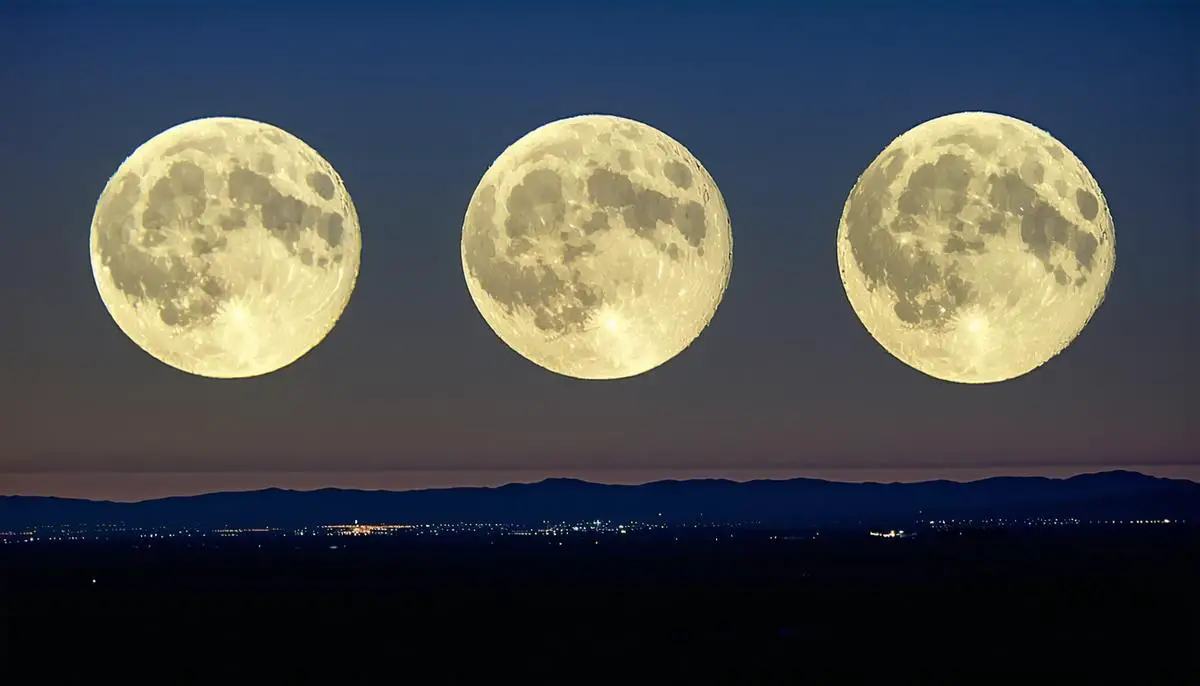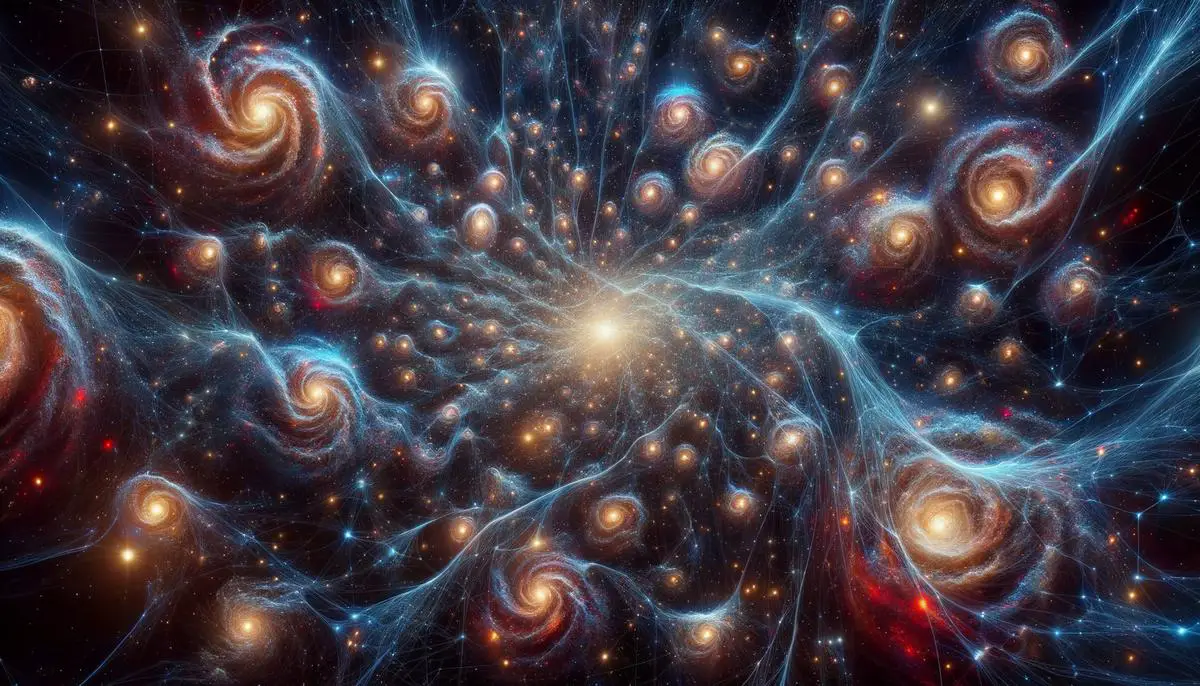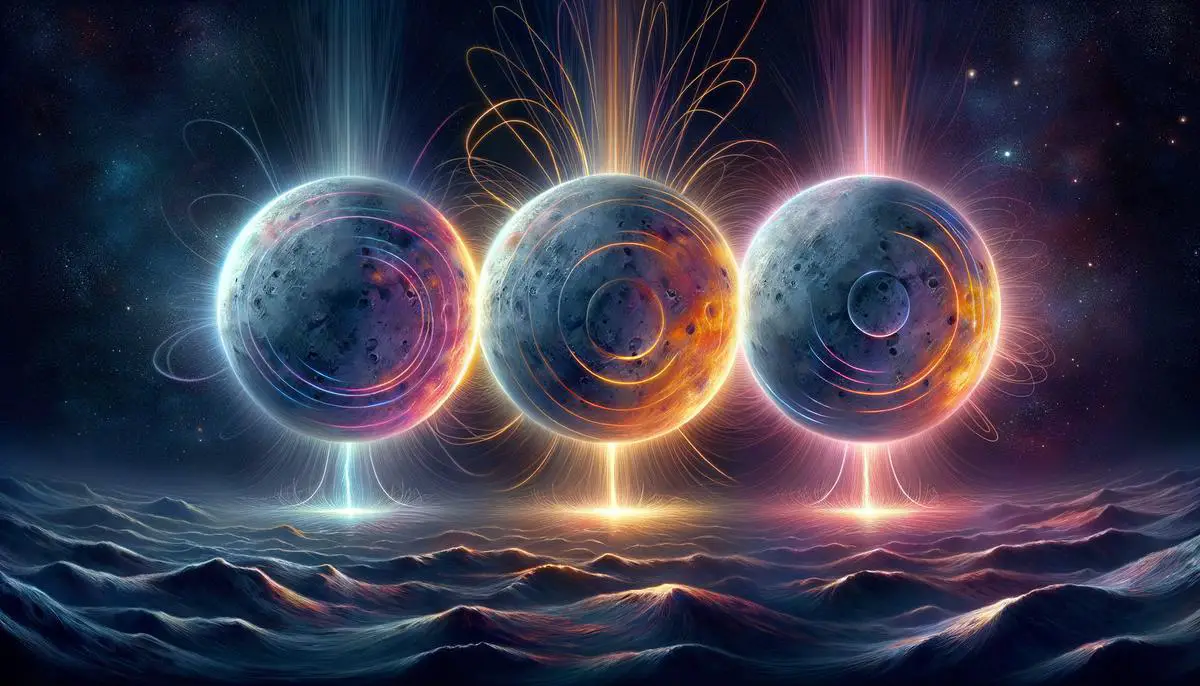January to June Meteor Showers The Quadrantids open January, peaking on the 3rd with a zenith hourly rate of 80. These faint meteors are best observed away from city lights, with the radiant in Boötes. Occasionally, bright fireballs may appear. April's Lyrids, active from the 14th to 30th, peak on […]
![]()







